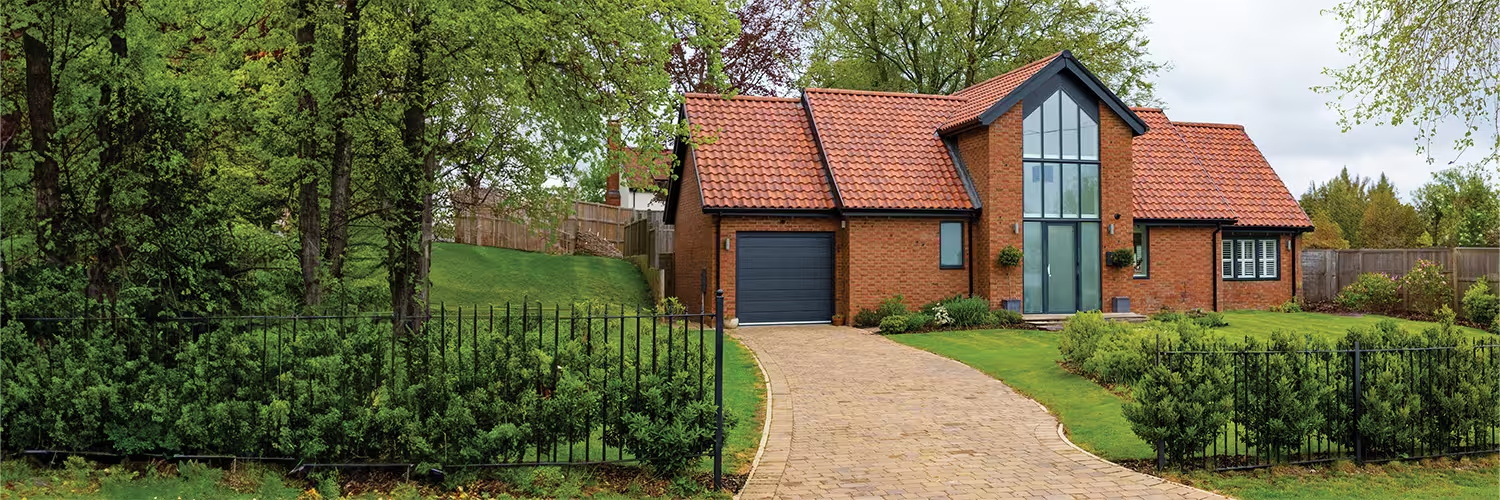
Are you eligible for funding to help with your new door installation costs? Use our easy online funding checker, answer just a few simple questions, and get an immediate response.
High-Quality Doors from Help 2 Buy Windows. Our premium double-glazed doors provide excellent thermal efficiency, helping to minimise heat loss and potentially lowering your energy bills. They are a cost-effective solution, blending comfort, energy savings, and affordability.
Use our straightforward online funding checker to find out if you qualify for financial assistance with your door installation. This tool guides you through a few quick questions and delivers an instant answer. Upgrading to double-glazed doors has never been simpler or more affordable. Start your journey to a warmer, more secure, and energy-efficient home with Help 2 Buy Windows today.
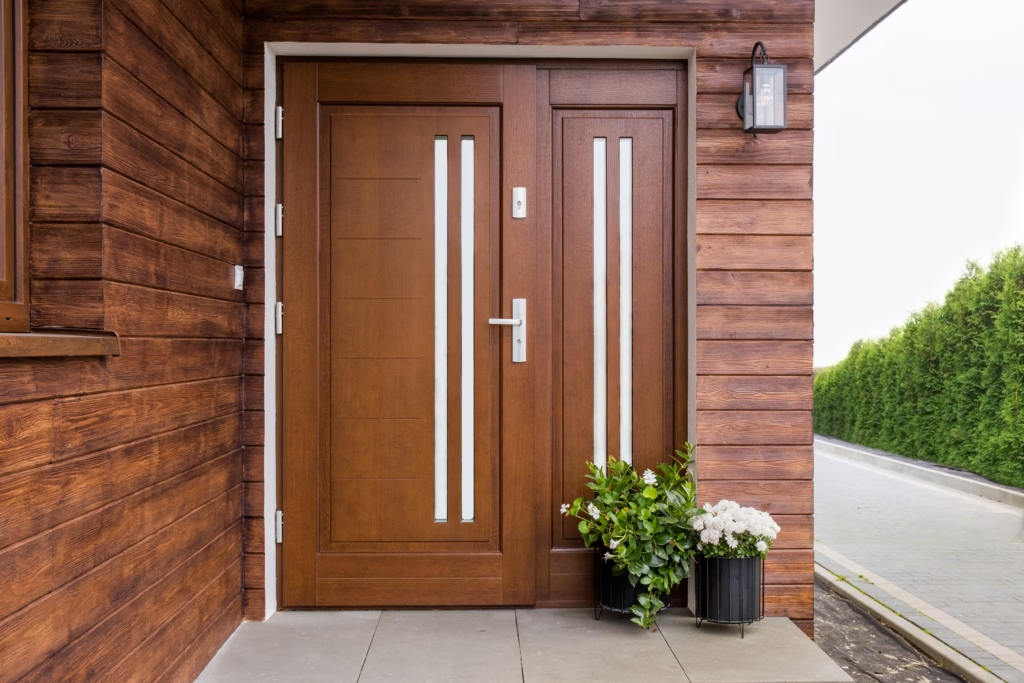
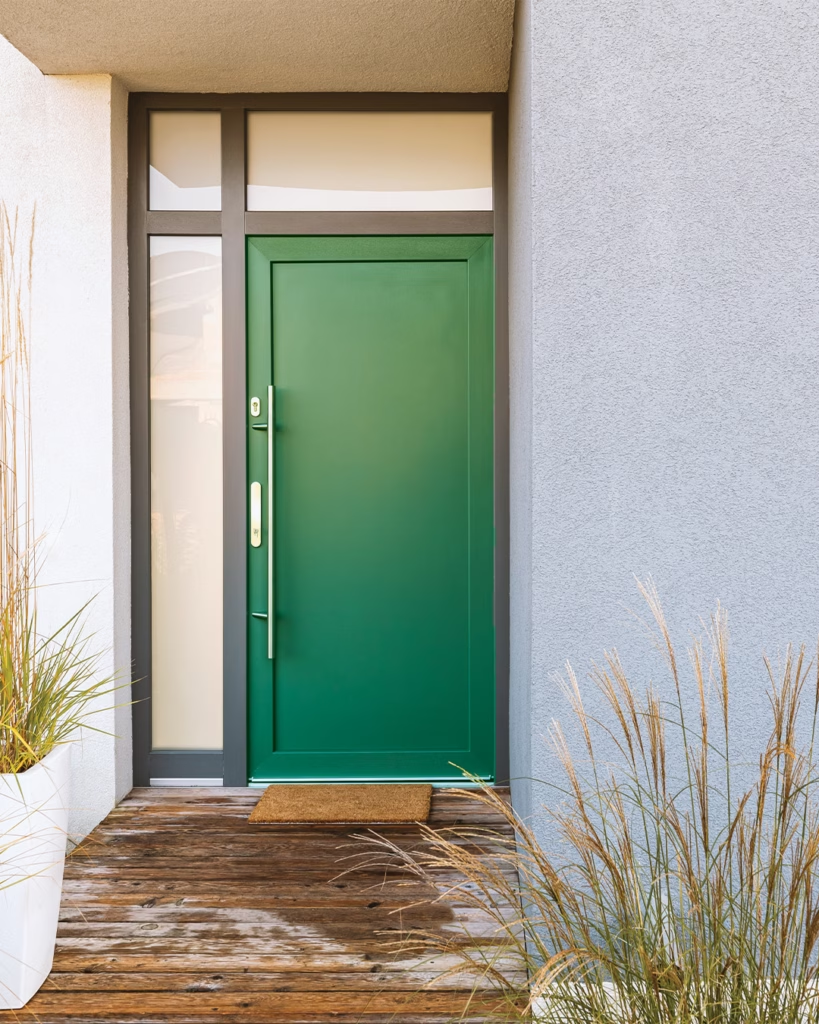
Front & Back Doors
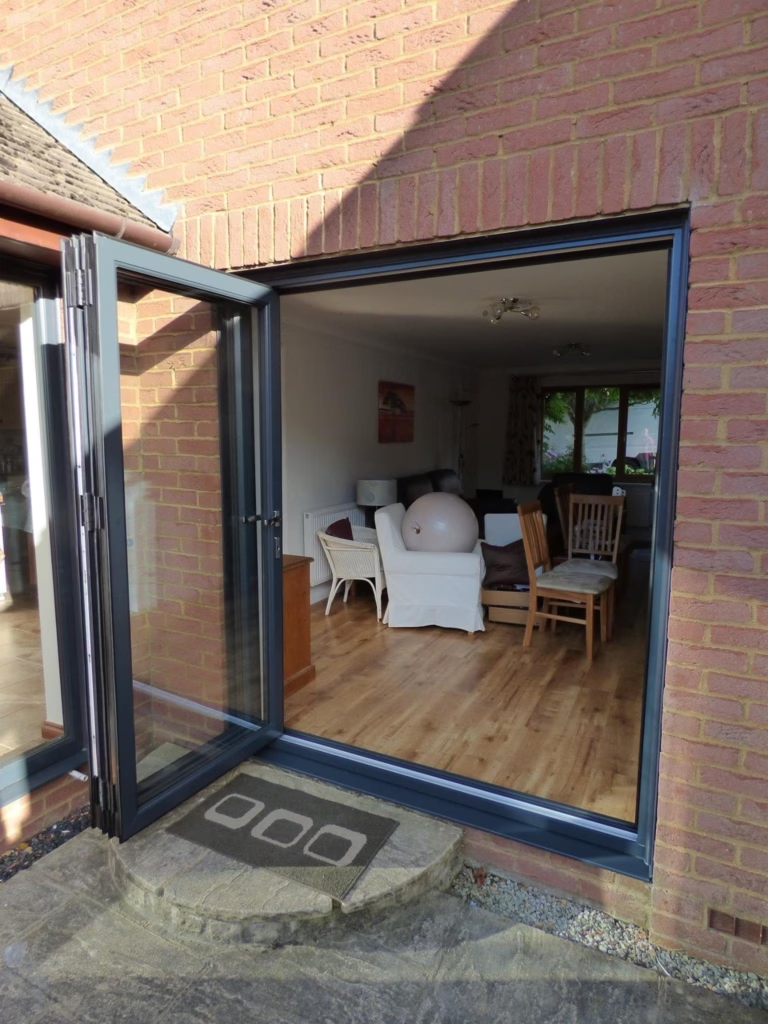
Bi-Fold Doors
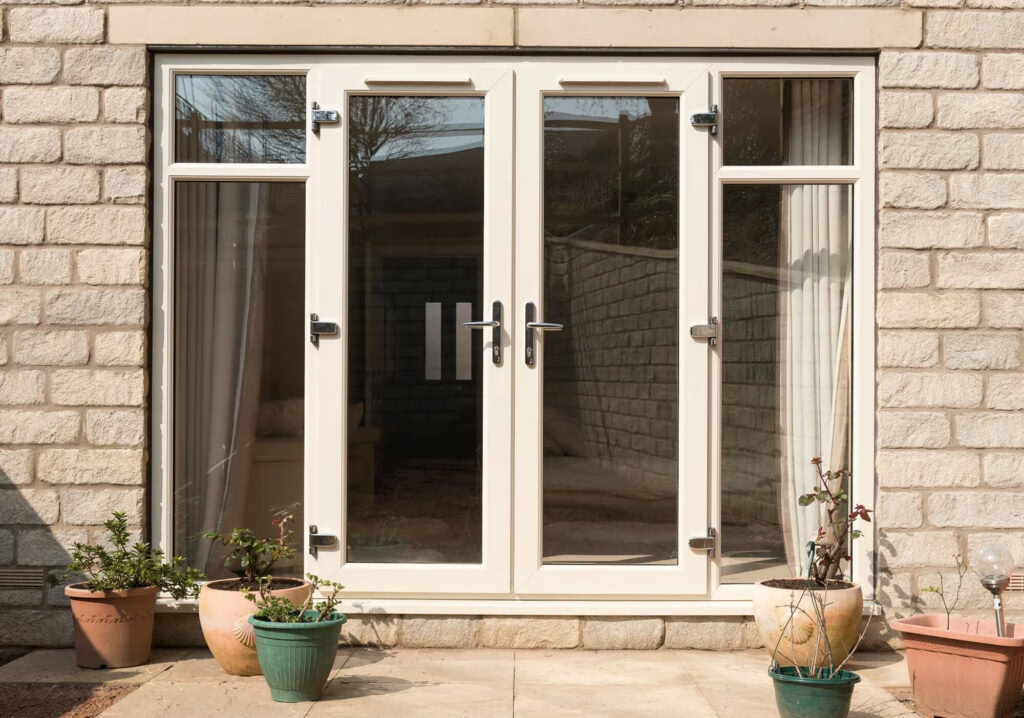
uPVC French Doors
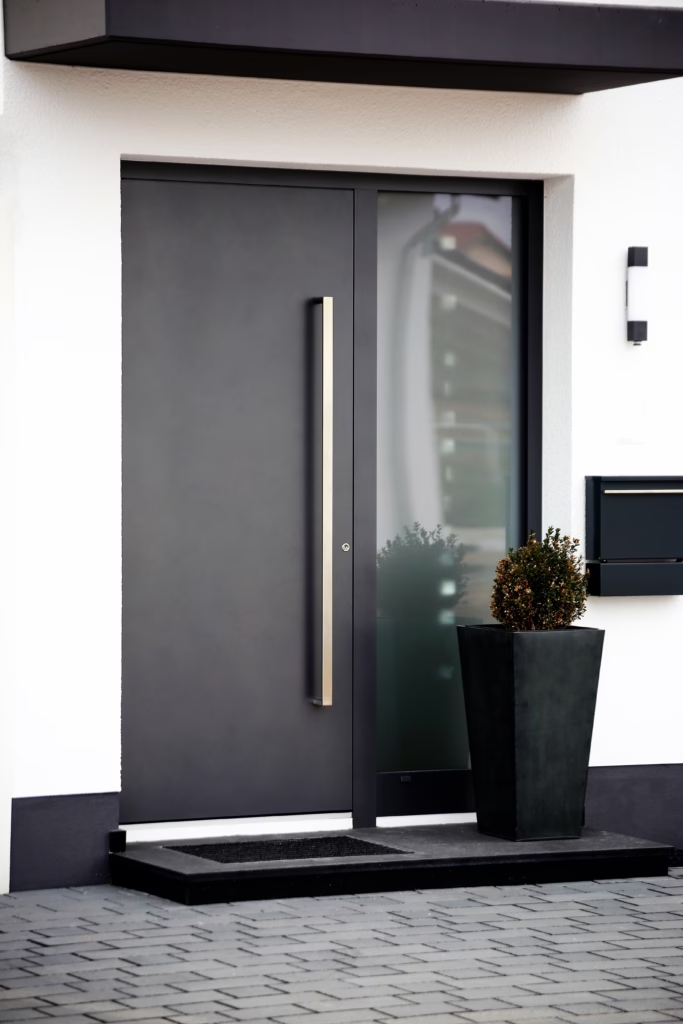
Composite Doors
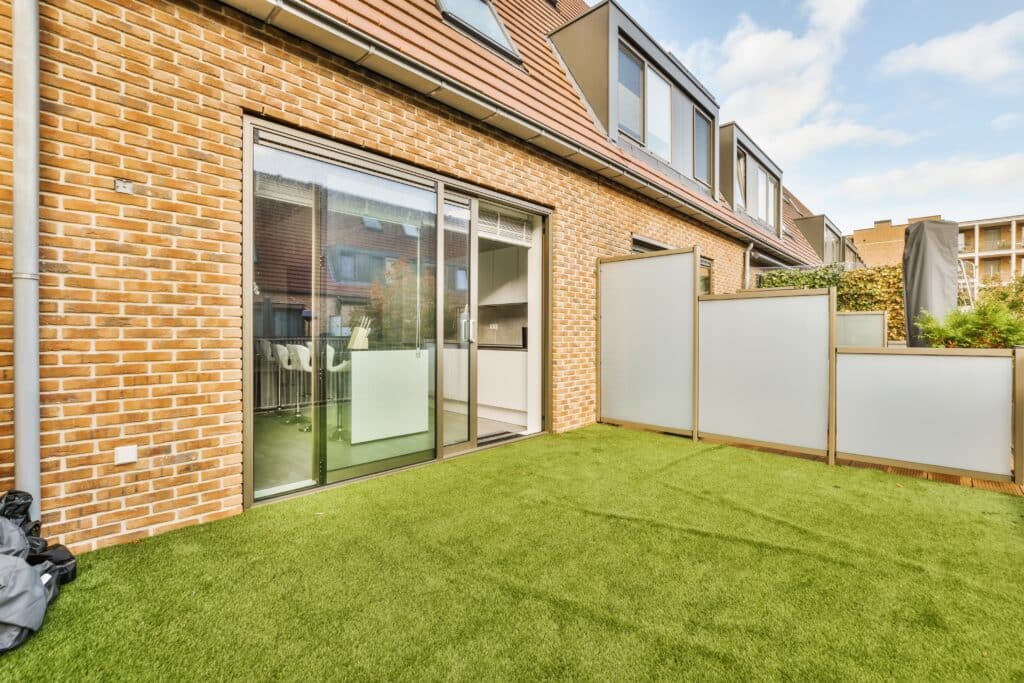
Patio Doors
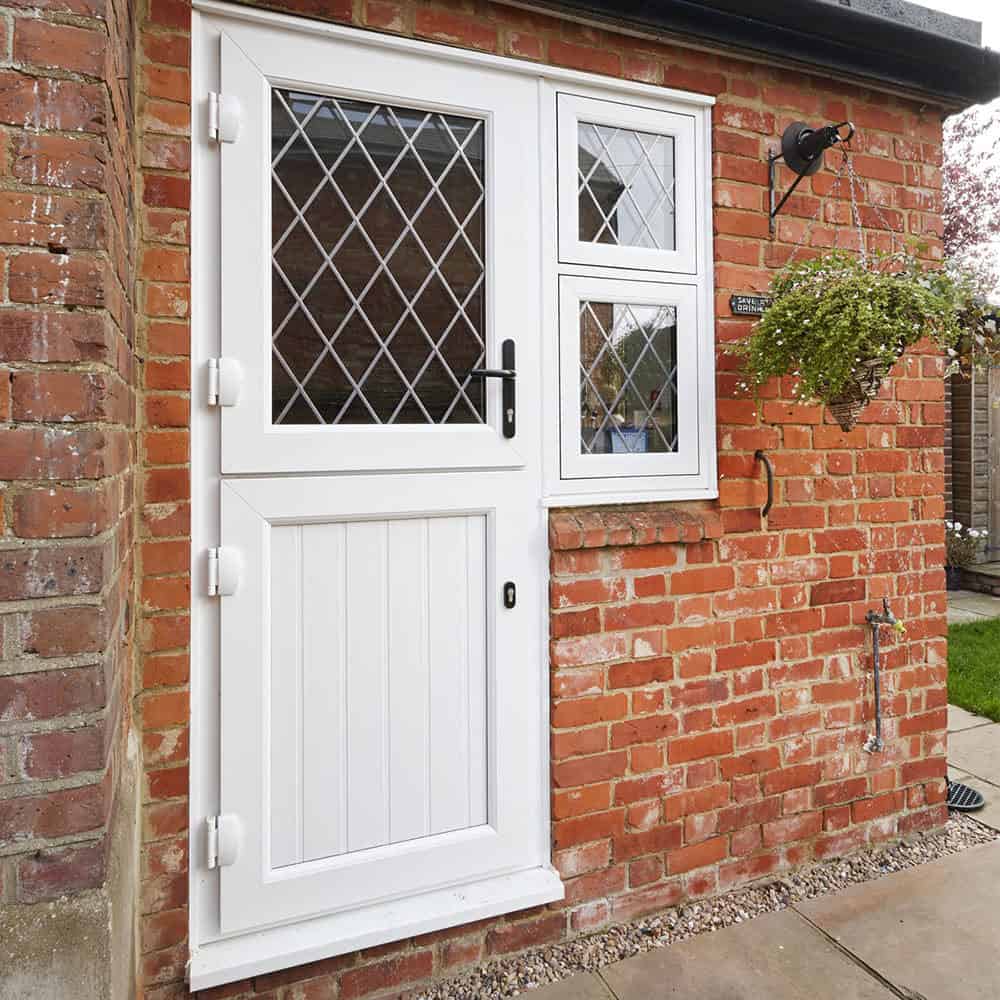
Stable Doors
Our Customer Reviews
Double Glazed vs Triple Glazed Windows
Choosing Your Double Glazed Doors Energy-efficient doors typically feature two or three glass panes sealed within a durable frame made from materials such as uPVC, timber, or composite.
Double Glazing Costs and Savings
Costs and Savings with Double-Glazed Doors The cost of double-glazed doors varies depending on the design and materials you choose. Generally, uPVC doors are the most budget-friendly option. For a typical semi-detached house, a full set of high-quality double-glazed doors might cost approximately £7,500.
By replacing your old single-glazed doors with A-rated double-glazed doors, you could save around £100 annually on heating costs and cut your home’s carbon dioxide emissions by approximately 320kg each year.
If you choose to upgrade to A++-rated double-glazed doors, your annual savings could increase to £120, reducing emissions by around 350kg.
| Detached | Semi-Detached | Bungalow | |
|---|---|---|---|
| A rated | £120 – £155 | £80 – £110 | £55 – £75 |
| B rated | £110 – £140 | £75 – £100 | £50 – £70 |
| C rated | £105 – £135 | £75 – £100 | £50 – £65 |
Choose Help 2 Buy Windows to get you the doors you deserve

Boost your home’s value
Enhance your home’s appeal and value with stylish, high-quality double-glazed doors available in a variety of designs and colours to suit your personal preferences. Plus, our energy-efficient doors can help reduce your heating bills, making them both practical and attractive!

Flexible funding made easy
Upgrade your home effortlessly with new double-glazed doors, without worrying about large upfront payments. Our flexible funding options can cover up to 100% of your installation costs, making your door improvement project affordable and stress-free.

Premium doors at unbeatable prices
Receive top-quality, secure, and energy-efficient double-glazed doors directly from trusted manufacturers. At Help 2 Buy Windows, we offer unmatched value, delivering the best doors at the most competitive prices.
Benefits of Double Glazed Doors
Enhanced home comfort
Enhanced Home Comfort Double-glazed doors significantly reduce heat loss, ensuring your home remains warm, comfortable, and free of draughts and cold spots.
Reduced noise
Reduced Noise Energy-efficient double-glazed doors also provide effective insulation against external noise, contributing to a quieter home environment.
Less condensation
Double-glazed doors reduce condensation build-up, helping to keep your home healthier and your doors looking pristine.
Materials for Energy-Efficient Doors
Glass
Low emissivity (Low-E) glass is the most energy-efficient choice for double and triple-glazed doors. It features an ultra-thin coating of metal oxide on one side, reflecting heat back into your home while allowing natural daylight in.
Optimal Gap Sizes
The gap between the glass panes affects door insulation performance. While a 16mm gap is typically optimal, smaller gaps filled with gases like argon, xenon, or krypton can also offer excellent insulation.
Pane Spacers
Spacer bars are fitted around the edges to maintain the gaps between panes. High-quality doors typically use ‘warm edge’ spacers, which minimise heat transfer more effectively than metal spacers.
Frame materials
Door frames can significantly influence heat retention. Excellent energy-efficient doors are available in various frame materials:
- uPVC doors require minimal maintenance and are fully recyclable, making them a practical and eco-friendly choice.
Steps To Getting New Doors
1. Complete The Funding Checker
Utilise the funding checker tool to receive a complimentary, customised quotation that will provide insight into potential funding and grant options that may be accessible to you.
2. Book Your Free No Obligation Survey
A qualified assessor will arrange a site visit to accurately measure your windows and doors, provide you with a detailed pricing estimate, and furnish you with pertinent information regarding any applicable special discounts, grants, or funding opportunities for which your property may be eligible for.
3. Manufacture
Once you have accepted the offer, the double glazed door will be manufactured to the utmost standards of quality and craftsmanship.
4. Installation
Now that the door has been manufactured, it is time for the installation process. Our team of fully qualified installers will ensure that you experience a stress-free and flawless installation, providing you with utmost satisfaction.
5. Industry Leading Guarantees
All installations are backed by a minimum 10-year guarantee, offering you the peace of mind that you rightfully expect from the United Kingdom’s premier door installer with the highest ratings.
6. Enjoy Your New Windows
After installation, you’ll immediately notice the benefits your new doors provide. Enjoy improved temperature control, reduced energy bills, and quieter, more peaceful rooms. Boost your home’s curb appeal with a stylish upgrade that impresses, while added features provide extra comfort and security. Sit back and relax, knowing you’ve made an investment that truly adds value.
Double Glazed Doors in Real UK Homes
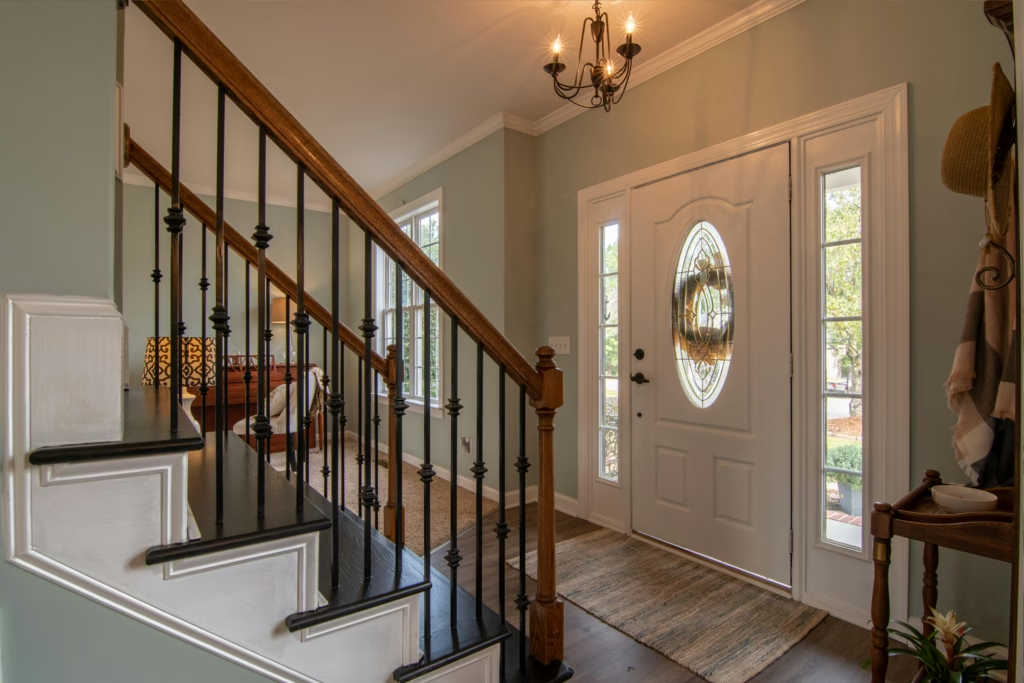
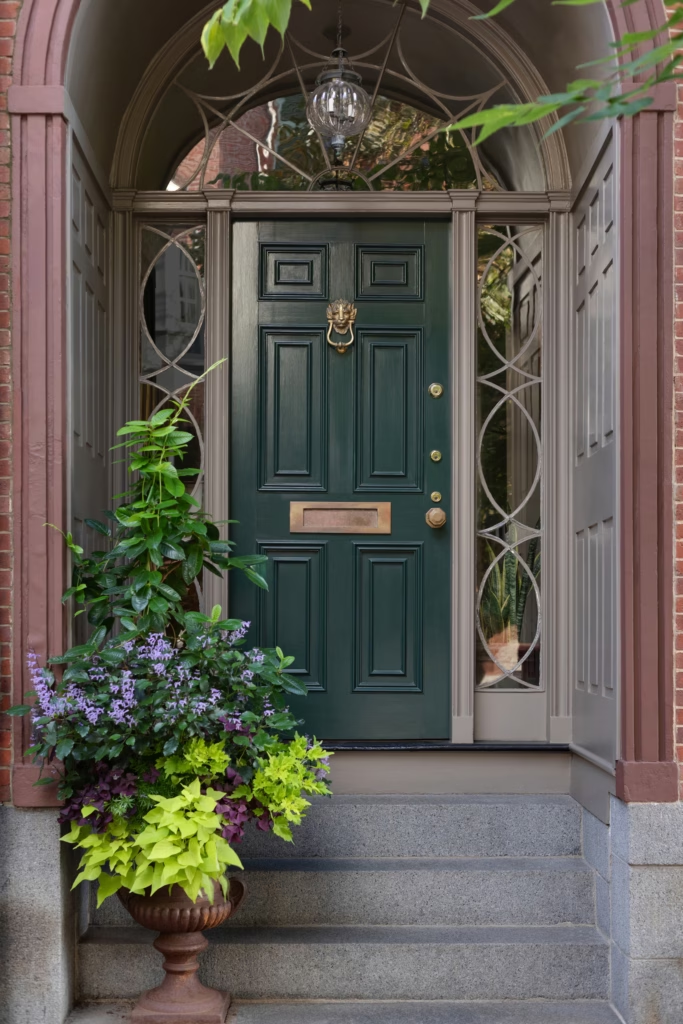
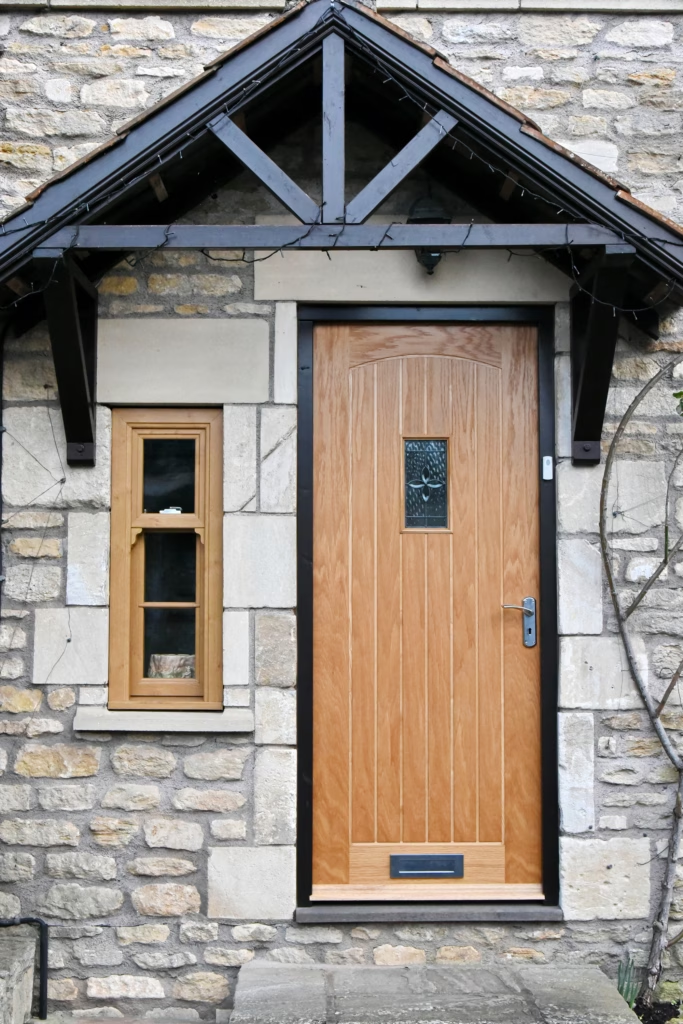
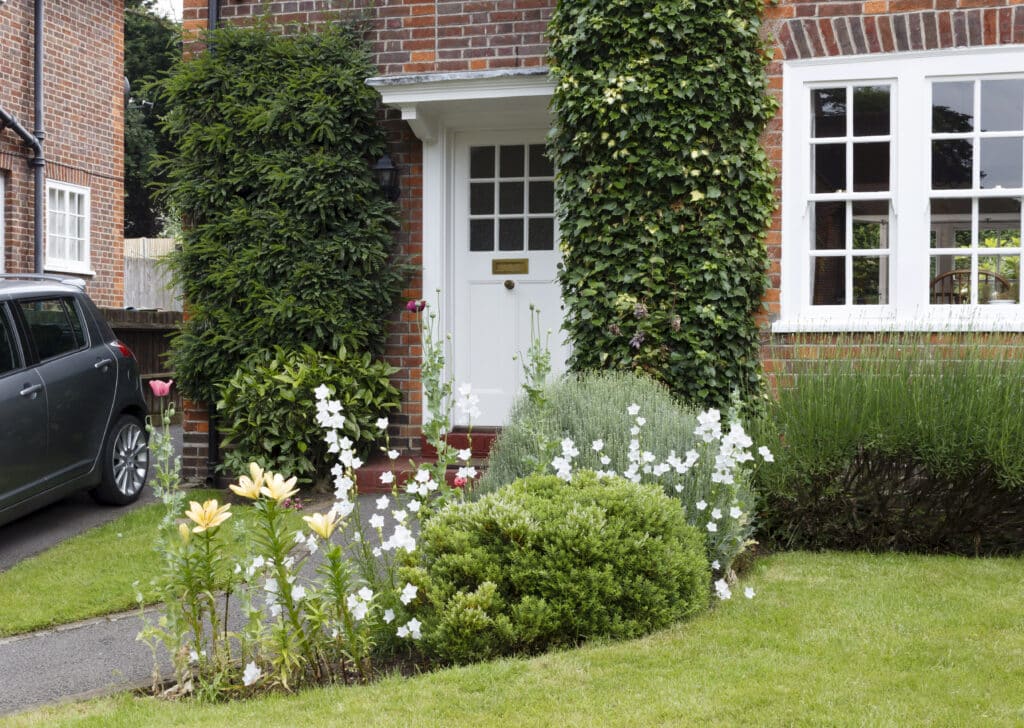
Double Glazed Doors FAQs
How to adjust uPVC Doors
To adjust UPVC doors, follow these steps:
1. Start by locating the adjustment screws: UPVC doors usually have several adjustment screws located on or near the hinges, the handle, and the locking mechanism.
2. Determine the type of adjustment needed: UPVC doors can be adjusted in different ways, such as vertical alignment, horizontal alignment, and compression adjustment. Identify the specific issue you are trying to address.
3. Vertical adjustment: If the door needs to be raised or lowered, locate the vertical adjustment screws on the hinges. Use a screwdriver to turn the screws clockwise to raise the door or counterclockwise to lower it. Make small adjustments and test the door’s movement after each adjustment.
4. Horizontal adjustment: If the door needs to be adjusted horizontally, look for horizontal adjustment screws on the hinges. Similar to vertical adjustment, use a screwdriver to turn the screws to move the door closer to or further away from the frame. Again, make small adjustments and check the door’s operation.
5. Compression adjustment: If the door is not sealing properly or feels loose when closed, locate the compression adjustment screws on the locking mechanism. Use a screwdriver to tighten the screws slightly to improve the seal and security. Be cautious not to overtighten, as it may affect the smooth operation of the door.
6. Test and readjust: After making adjustments, test the door’s movement, alignment, and seal. Open and close the door multiple times to ensure it operates smoothly and securely. If further adjustments are needed, repeat the above steps until the desired result is achieved.
It’s important to note that the adjustment process may vary depending on the specific UPVC door design and manufacturer. If you are unsure or encounter any difficulties, it is recommended to consult the manufacturer’s instructions or seek assistance from a professional UPVC door installer or technician.
What are the benefits of installing new doors?
Installing new doors can offer several benefits for homeowners. Here are some advantages of installing new doors:
1. Enhanced Energy Efficiency: New doors are often designed with improved insulation properties, helping to reduce heat loss or gain. This can result in increased energy efficiency, lower heating and cooling costs, and a more comfortable indoor environment.
2. Improved Security: Upgrading to new doors can enhance the security of your home. Modern doors come with advanced locking systems and durable materials, making it harder for intruders to break in. This provides peace of mind and helps protect your property and loved ones.
3. Enhanced Curb Appeal: New doors can significantly enhance the overall appearance of your home. With a wide range of designs, styles, and finishes available, you can choose a door that complements your home’s architecture and personal style. This can boost your home’s curb appeal and potentially increase its value.
4. Increased Natural Light: Installing doors with larger glass panels or incorporating features like glass sidelights can allow more natural light to enter your home. This creates a brighter and more inviting atmosphere while reducing the need for artificial lighting during the day.
5. Noise Reduction: If you live in a noisy neighborhood or near a busy street, new doors with improved insulation properties can help reduce the amount of noise entering your home. This can create a quieter and more peaceful living environment.
6. Ease of Use and Maintenance: Older doors may become worn out or develop issues over time, making them difficult to open, close, or maintain. New doors are designed with modern mechanisms and materials, offering smoother operation and easier maintenance.
7. Longevity and Durability: Investing in new doors means investing in their longevity. Modern doors are built to withstand the elements and resist wear and tear, ensuring they remain functional and aesthetically pleasing for many years.
8. Increased Home Value: Upgrading to new doors can enhance the overall value of your property. Potential buyers appreciate the appeal and functionality of new doors, making your home more attractive in the real estate market.
Whether you are looking for energy efficiency, security, aesthetics, or a combination of these factors, installing new doors can bring significant benefits to your home and lifestyle. Consider your specific needs and consult with professionals to choose the right doors that meet your requirements and preferences.
What colours can i choose for my new doors?
When it comes to choosing colours for your new doors, you have a wide range of options to suit your personal style and the overall aesthetic of your home. Here are some popular colour choices for doors:
1. Classic White: White doors offer a clean and timeless look. They can complement various architectural styles and blend well with any colour scheme. White doors create a fresh and bright appearance, making them a popular choice for both interior and exterior doors.
2. Neutral Tones: Neutral colours like beige, taupe, and gray are versatile choices that can easily coordinate with different design styles. These understated hues provide a sophisticated and modern look, allowing other elements in your home’s décor to stand out.
3. Bold and Vibrant: If you want to make a statement with your doors, consider bold and vibrant colours. Deep red, navy blue, forest green, or even sunny yellow can add personality and visual interest to your home. Just make sure the colour you choose complements the overall exterior or interior design scheme.
4. Natural Wood Finishes: If you have wooden doors or prefer the natural beauty of wood, you can opt for various wood finishes. From light oak to rich mahogany, the warmth and elegance of natural wood can add a touch of timeless charm to your home.
5. Black: Black doors can create a striking contrast and make a bold design statement. They work particularly well in contemporary or modern-style homes, adding a sleek and sophisticated touch. Black doors can be used both indoors and outdoors for a dramatic effect.
6. Customised Colours: Some door manufacturers offer custom colour options, allowing you to choose a specific shade that matches your unique preferences. This can be particularly useful if you have a specific colour scheme or want to match the door to existing elements in your home.
When selecting a colour for your new doors, consider the architectural style of your home, the surrounding environment, and your personal taste. It can be helpful to gather samples or swatches to see how different colours look in natural and artificial lighting conditions. Additionally, consulting with a professional or seeking advice from a door supplier can provide valuable insights and help you make an informed decision.
What types of external doors are available?
Regarding external doors, several types are available to suit different functional and aesthetic preferences. Here are some common types of external doors:
1. Front Doors: Front doors are the main entrance doors to your home and play a crucial role in creating a first impression. They are available in various materials, such as wood, UPVC, composite, and metal, and come in a range of styles and designs to match your home’s architecture.
2. Back Doors: Back doors provide access to your backyard, patio, or garden. They can be single or double doors and are often designed for functionality and security. Back doors are available in materials like UPVC, composite, and wood, and can feature glass panels or be solid for added privacy.
3. Patio Doors: Patio doors are designed to connect indoor living spaces with outdoor areas like a deck or patio. They typically feature large glass panels that provide a panoramic view and allow natural light to flood into your home. Common types of patio doors include sliding doors, French doors, and bi-fold doors.
4. French Doors: French doors are elegant and classic options for external access. They consist of two doors that open outward or inward, providing a wide entrance and maximizing natural light. French doors are often made of wood or UPVC and can feature glass panels or be entirely solid.
5. Sliding Doors: Sliding doors offer a space-saving solution while providing a seamless connection between indoor and outdoor areas. They operate by sliding horizontally along a track and are popular for their contemporary and sleek look. Sliding doors are commonly made of materials like UPVC, aluminium, or wood and can have large glass panels.
6. Composite Doors: Composite doors are made of a combination of materials, typically including a solid timber core, reinforced with materials like UPVC or GRP (Glass Reinforced Plastic). They offer excellent insulation, durability, and security. Composite doors come in various designs, colours, and finishes to suit different architectural styles.
7. Garage Doors: If you have a garage, the external door for your garage is an important consideration. Garage doors can be made of materials like steel, wood, or UPVC and are available in different styles, such as up-and-over, sectional, roller, or side-hinged doors.
These are just a few examples of the types of external doors available. Each type comes with its own benefits and considerations in terms of security, insulation, aesthetics, and maintenance requirements. When selecting an external door, it’s important to consider factors such as your specific needs, budget, energy efficiency requirements, and the overall style of your home. Consulting with door suppliers or professionals can help you make an informed decision based on your preferences and requirements.
- https://assets.publishing.service.gov.uk/government/uploads/system/uploads/attachment_data/file/587337/DECC_factsheet_11.11.16_GLAZING_LOCKED.pdf ↩︎
